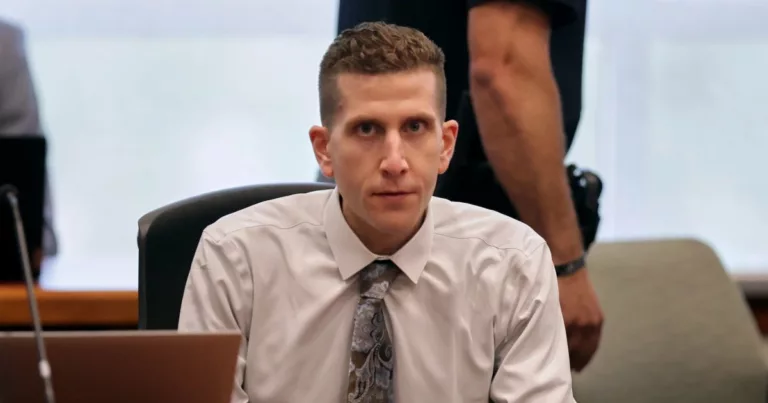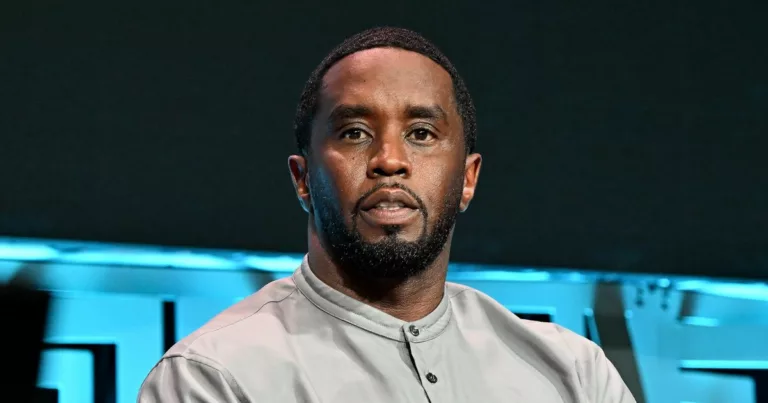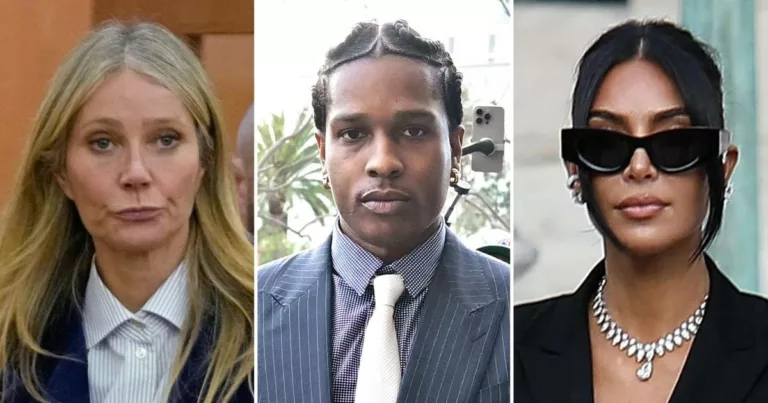Bryan Kohbergers Life Sentence A Victims Mothers Chilling Message
In a gripping courtroom scene on July 23, 2025, Bryan Kohberger, the man convicted of the brutal murders of four University of Idaho students, was sentenced to multiple life terms in prison. The emotional climax of the hearing came when Kristi Goncalves, the mother of victim Kaylee Goncalves, delivered a powerful and chilling statement directed…



